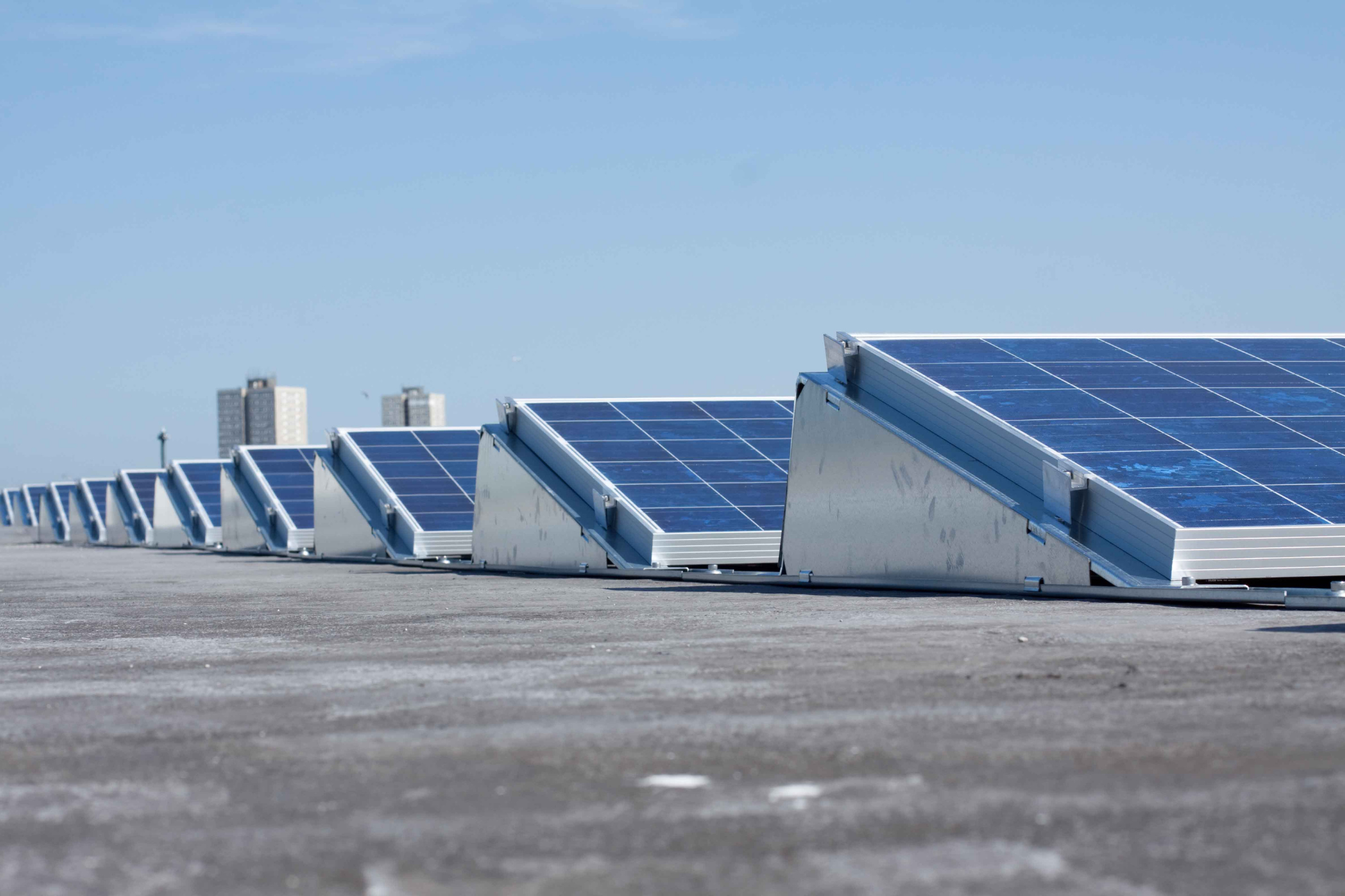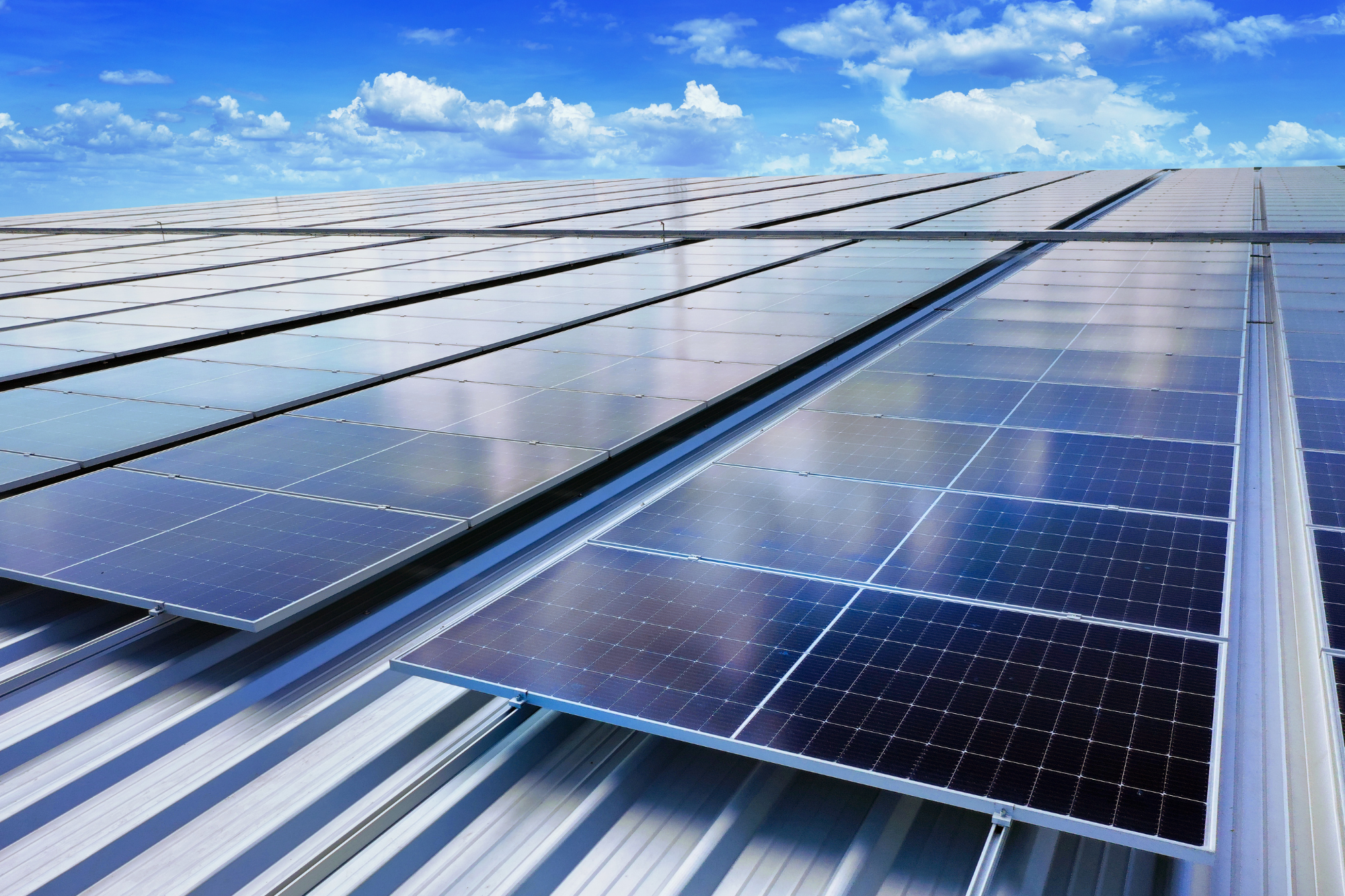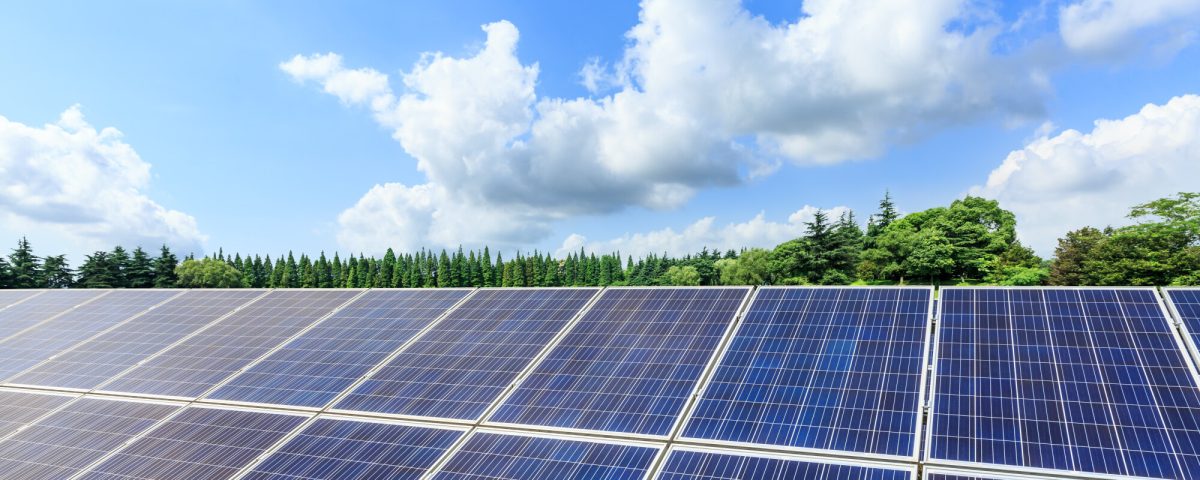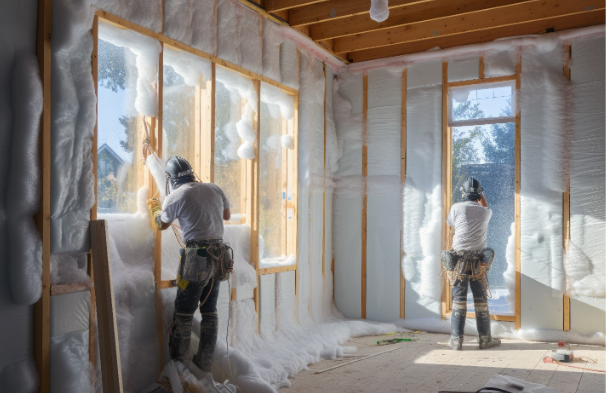
5 Ways Sunsolar Solutions Can Benefit Your Commercial Building Roof

What is the Best Roof Type for Solar Panels?
If you’re thinking about getting solar panels for your commercial property, your first thought might be about your roof.
Roof-mounted solar panels might seem like a lot of extra weight to put on your roof. That said, the solar industry has been experiencing an annual growth rate of 33% in the last decade, according to the SEIA. The truth is your roof can handle solar panel roof mounts, the inverter, and the panels themselves.
So, how are solar panels attached to the roof? In this post, we’re going to give you a beginner’s guide for solar panel installation, so you know exactly what you’re getting into.
Once your solar panels are installed, you’ll see the many benefits of doing it, but keep reading, and we’ll put your mind at ease about solar installation.
Make Sure Your Roof Is Sturdy
The first thing that you need to do before installing solar panels is to have your roof inspected. Making sure all of your shingles are properly attached and the underlayment is in good condition is crucial to ensuring your roof is capable of handling the added stress of solar panels.
Your average solar panel system should last between 20-25 years, which is precisely how long a shingled roof will last. A professional inspection will tell you whether or not you need to have anything repaired or replaced.
Installing Stanchions
Next, you’ll have to figure out where your stanchions are going to go based on where the rafters are on your roof. Stanchions are the large vertical bars that support the racking which holds the solar panels.
Consult your property’s blueprints to find the rafters. Failing that, the solar installers might use a stud finder to locate the safest places to install the stanchions, which should be about placed about 4 feet apart from one another.
Putting the Racking Up
The stanchions are the parts of the racking that are attached to your roof. The rest of the racking is attached to the stanchions, first with the upper and lower rails.
Making sure that the two rails are the same distance apart at both ends of the roof, they’ll then install the middle rail parallel to the other two.
Installing the Wiring and Panels
With the racking in place, you can install the wiring for the solar panel system to connect to your electrical system. Each panel will need an inverter to change the DC electricity that the panels generate to the AC electricity that your property runs on.
The last thing to do is place the solar panels on the racking and hook them up to the inverters, which completes the solar panel installation process.
How Are Solar Panels Attached To Roof?
How are solar panels attached to roof? Very carefully.
Installing solar panel roof racks is a delicate process and one that should be done with a professional touch. A lot can go wrong, but with experienced roofers and solar installers, it can all be done within a matter of a few days.
At Rain Man Roofing & Waterproofing, we’ve partnered with SunSolar Solutions to provide Arizonans with the best solar installation services. Contact us today, and we’ll consult with you about how to get your solar panels installed as soon as possible.


